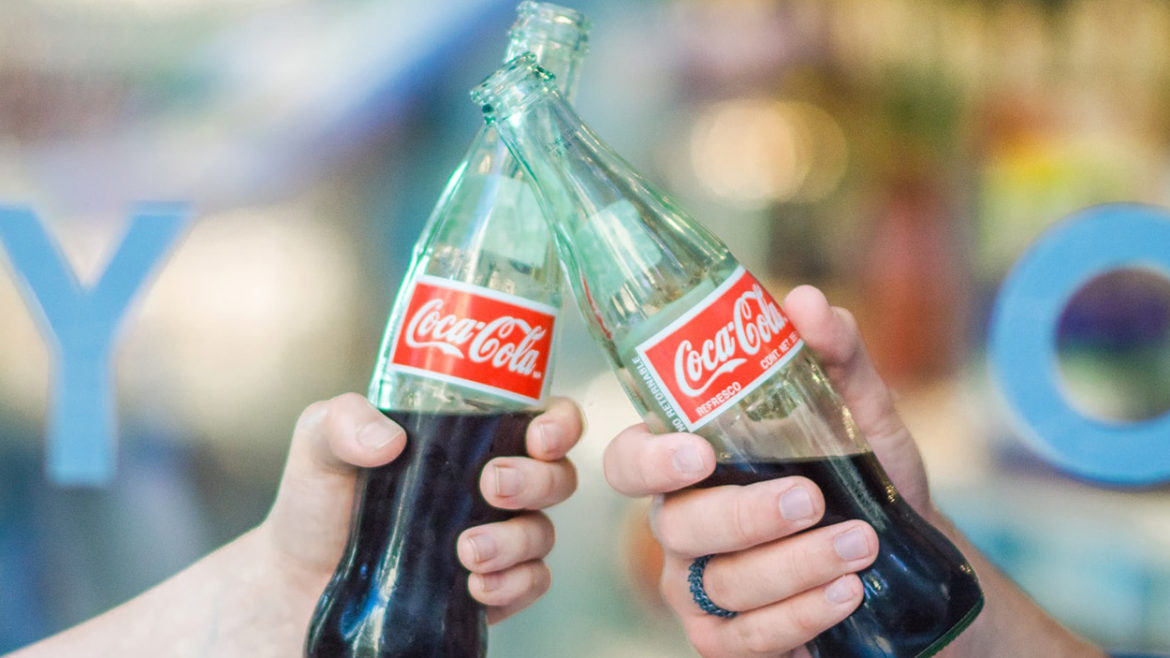Every day we’re subjected to broad-brushed statements and statistics geared toward making us take some sort of action. It’s marketing. It’s communication. It’s normal. But all too often a portion of the content we digest on a daily basis works to drive action by peddling fear.
Local news has been guilty of this for as long as I can remember.
Severe weather alert, the roads are virtually impassable, stock up now, you might as well just stay home and watch your local news all day for the latest so we can sell more ads.
I get it to an extent. Your local news is a business just the same as a company making hand soap. They are both working to make a profit, to stay open, to pay their people.
The problem with this approach, outside of creating a nation of people digging bomb shelters in the backyard, is that fear is a short-term game. Fear may be the easiest emotion to tap into but it is only a short-term motivator. It’s motivation based on an instinctual reaction—survival not on choice.
People learn and adapt. It’s the same reason why interruptive marketing tactics like animated banner ads and pop-ups lose effectiveness over time.
What if we built marketing based on desire instead of fear?
If fear shaped long-term consumer behavior, fast food restaurants would no longer exist. Gyms would far exceed McDonald’s locations. Las Vegas would have no more secrets to keep. Fear doesn’t embed habits. The solution does. The benefit does. The reward does. The attainment of the desire is what promotes dedication.
In the book, The Power of Habit, Charles Duhigg tells the true story of Claude C. Hopkins, a successful advertising executive hired in the early 1900s to help market this new toothpaste called “Pepsodent.”
Despite widely known information on the decline of the health of Americans’ teeth, many other toothpaste pushers were going broke. That is until Hopkins focused Pepsodent’s positioning on the reward, the desire to have a clean feeling, pretty, film-free teeth.
“Within a decade, Pepsodent was one of the top-selling goods in the world and remained America’s best-selling toothpaste for more than thirty years. Before Pepsodent appeared only 7 percent of Americans had a tube of toothpaste in their medicine chest.” – The Power of Habit
Many B2C brands thrive in the world of desire-based, benefit-forward marketing. Coca-Cola says, to open a Coke is to open happiness. They even encourage you to share a Coke with a friend. They don’t say, “the world is going to shit, buy all the Coke you can carry, so you have something to drink while you’re hiding out in your basement.”
Why not position around fear?
It’s a punk move: It’s a quick fix in an age where consumer education and the value of social validation are high. Fear might get you a quick sale based on reaction but rarely will it translate into recurring revenue or repeat business. You can do better than fear. You can be more creative. We believe in you.
Don’t confuse fear and empathy: Empathizing with a concern or pain point in order to provide a solution isn’t the same as pushing an unbalanced dose of “do this or else.”
Brand Association – Communicating from a fear platform doesn’t mean you’ll be cast in the role of the hero saving the day. It just means you’re scaring the hell out of everyone.
This is a great opportunity to refer to your Brand Manifesto or Brand Guide as your compass, making sure you’re pointed in the right direction and speaking from the brand characteristics you documented for your business. I bet you didn’t write “scary” as one of your brand characteristics so why tag your company with that feeling? It can lead to a negative association in the subconscious of the consumer if pursued regularly over the lifetime of the brand.
What to do instead
- Focus on the resolution – put your benefit upfront and the problem at the end of your copy. “Shout Out fresh scent hand soap softens hands and kills 99% of the germs that cause bad marketing.”
- Paint a brighter picture – instead of talking about the potential of a post-apocalyptic fall out describe the utopia that comes with the solution you provide.
- Build an audience around social proof – back it up with positive feedback and a happy community of fans across social platforms.



